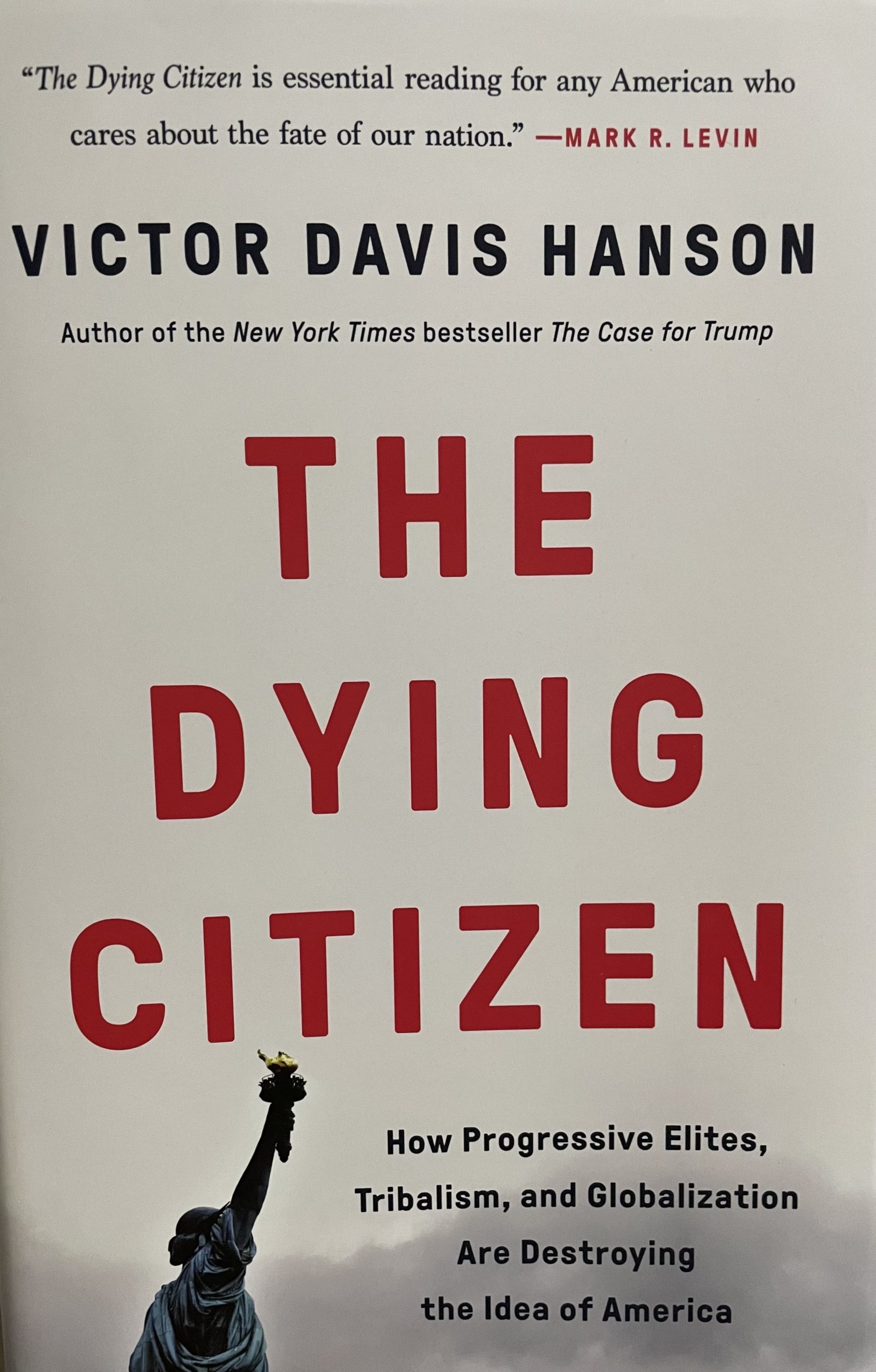While affirmative action has long been controversial in higher education, the emphasis on racial diversity on campus has overlooked a quarter of America’s students. Students at the nation’s top college and universities are overwhelmingly America’s wealthiest while low-income students face significant barriers in gaining admission, according to a new book.
Equity and Excellence in American Higher Education argues that socioeconomic status should be considered in admission decisions. The authors—William Bowen [pictured], Eugene Tobin and Martin Kurzweil—and other experts in the field of higher education discussed the book on April 29 at the Brookings Institution.
“It is just not a good thing for the country to be as fragmented as it is today, divisions by income and social class and all the rest growing rather than shrinking, and what happens in the education system all up and down the line from pre-collegiate education through the colleges and universities,” said William Bowen, an author of the book and former president of Princeton University. “It is going to have an enormous impact on where this country goes over time in that respect.”
Higher education enrollment has stagnated since the 1980s, and income often predicts college attendance. Students in the lowest income quartile are underrepresented on campus, despite evidence that shows low-income students as no less likely to succeed than their wealthier colleagues.
“College attendance rates over the past 30 years are highly stratified by parental income,
and the gaps have barely narrowed,” said Martin Kurzweil, an author of the book. “If we are to increase college attendance in achieving going forward, we simply have to bring more students from the bottom lines in this graph into higher education.”
Poor students do not receive preferences during the admissions process, nor are they at a disadvantage. These students, however, often do not apply to elite schools. Students who fall in the wealthiest 25% of Americans—those with a family income over $96,000—are twice as likely to take the SAT as the poorest students.
“There are just insuperable barriers…to get [students from low socioeconomic backgrounds] to apply,” said David Breneman, Dean of the Curry School of Education at the University of Virginia.
Amy Gutmann, president of the University of Pennsylvania, warned that, when considering income-based preferences, it is important to consider the middle-class. The middle-class is also underrepresented at elite institutions.
“We have no good reason to ‘dis’ the middle class,” she said.
Gutmann pushed for reforms in the public schools as a means for bringing students from diverse socioeconomic backgrounds into higher education. The University of Pennsylvania has established a charter school, the Penn-Alexander school, for low-income students near the university’s campus.
“We can’t leave it just to government,” she said of public school reform.
Educational achievement facilitates social and economic advancement, making opportunities for the underprivileged particularly important according to the authors. Education as a tool, however, is a relatively new phenomenon.
The emphasis on higher education is a product of the twentieth century, according to Eugene Tobin, an author of the book and former President of Hamilton College. “For the greater part of the 19th century, with the notable exception of the ministry and to a lesser degree the teaching of school, most Americans, including those who practice law and medicine and those who served in the emerging managerial class, would have agreed that a college education was neither gratifying nor useful,” he said.
Students began attending institutions of higher education in large numbers after World War II. In 1920 five percent of college-aged people were enrolled in colleges and universities. In 1949 15 percent were enrolled, and, today, 60 percent of college-aged people are enrolled in colleges and universities.
Socioeconomic barriers are more difficult to overcome than race differences, according to Tobin. The authors do not suggest that schools eliminate the consideration of race in admissions in favor of income-based preferences. Income-based preferences would lead to a 50 percent decline in minority students if race is not a factor.
Larry Scholer is a staff writer at Accuracy in Academia.










